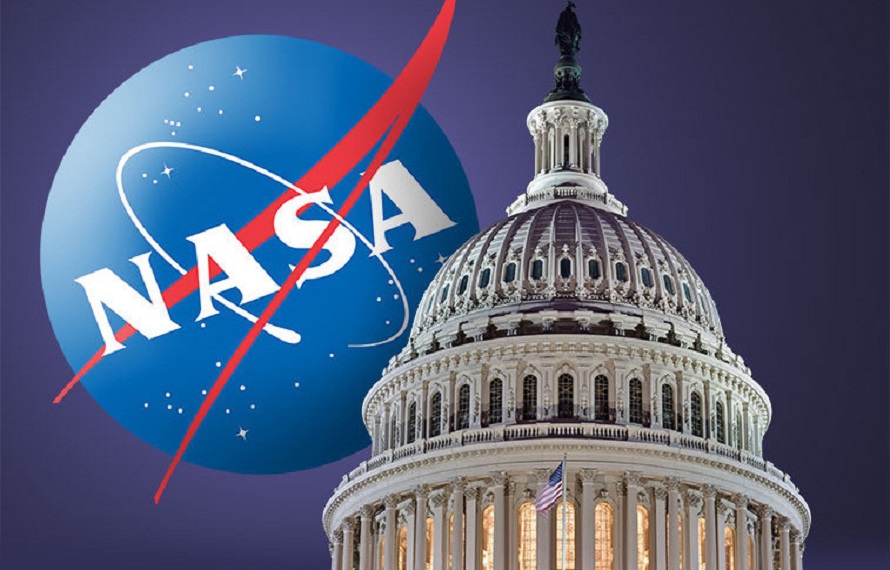WASHINGTON — The House of Representatives passed a spending bill July 31 that includes $22.6 billion for NASA, making no major changes to what appropriators had previously approved.
On a 217–197 vote falling largely on party lines, the House approved a “minibus” spending bill that combined six separate bills, including the commerce, justice and science (CJS) appropriations bill.
During floor debate, members approved several sets of “en bloc” amendments on voice votes that were relatively noncontroversial. Those amendments included four that, while not changing overall NASA funding, set aside funding for specific programs. That included $30 million of overall science funding for small satellite mission launch services, $40 million of planetary science funding for the Near Earth Object Surveillance Mission, $15 million of aeronautics funding for advanced carbon fiber composite structures and $1 million in education.
Several Republican and Democratic members introduced an amendment that would have increased NASA exploration funding by $2.6 billion to match the agency’s request for fiscal year 2021. However, the amendment, which did not offer an offset for that increased funding, was ruled out of order by the House Rules Committee and not offered for a vote.
The bill, approved by the House Appropriations Committee July 14, rejected the proposed 12% increase for NASA in the administration’s budget request, with NASA’s lunar lander development effort affected the most. NASA requested $3.3 billion for the Human Landing System (HLS) program, but the bill provides $628.3 million.
The reduced HLS funding prompted criticism from some House Republicans. “Investing in our return to the Moon is critical, and yet this appropriations bill ignores the elements we most need to make that happen,” said Rep. Frank Lucas (R-Okla.), ranking member of the House Science Committee, in a July 31 statement. “As a nation, we need to prioritize human space exploration. This bill is shortsighted, and I hope we can do more to support NASA’s critical missions.”
Rep. Brian Babin (R-Texas), ranking member of space subcommittee, criticized the spending bill as one that “chose to simply fund every pet project” yet overlooked NASA. “I look forward to working with the Senate and the Administration to enable American astronauts to return to the Moon.”
The Senate has yet to start work on its spending bills. While Senate appropriators have not announced a schedule, they are not expected to start marking up their own bills until after the August recess.
Sen. Jerry Moran (R-Kan.), chairman of the Senate CJS appropriations subcommittee, told Politico that he will seek to provide enough funding for HLS and the rest of the Artemis program to enable a 2024 human lunar landing, but acknowledged that doing so “is and will remain a challenge.” He added it was unlikely the Senate would approve cuts in other agency programs, like education, included in the budget request.
“We need to get that funded 100%,” NASA Administrator Jim Bridenstine said during a media availability at the Kennedy Space Center July 29, referring to the HLS program. He argued that getting that funding for developing lunar landers for astronauts was a bigger challenge that building the landers themselves.
“The biggest risks that we face are not technical. We can do this,” he said. “The biggest risks that we face are budgetary.”
